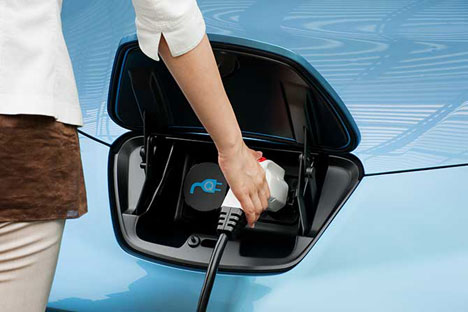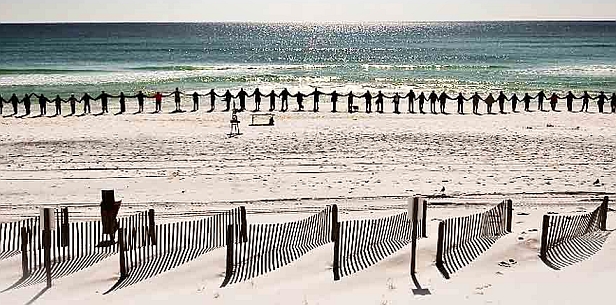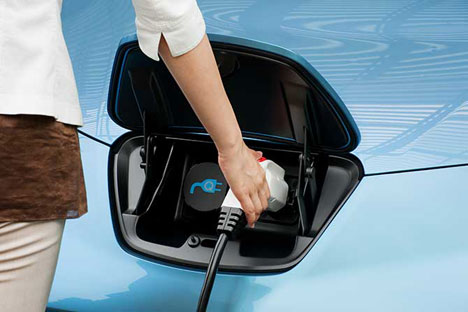 A Nissan Leaf being charged.Photo: NissanWith the first mass-market electric cars set to hit California roads later this year, the state’s utilities have been working to ensure that early adopters — who tend to be clustered in places like Berkeley and Santa Monica — don’t overload neighborhood transformers and trigger local blackouts.
A Nissan Leaf being charged.Photo: NissanWith the first mass-market electric cars set to hit California roads later this year, the state’s utilities have been working to ensure that early adopters — who tend to be clustered in places like Berkeley and Santa Monica — don’t overload neighborhood transformers and trigger local blackouts.
One way to do that is to encourage drivers not to plug in all at the same time — say, when they arrive home from work and also crank up the air conditioning — by setting variable electricity rates that reward those who postpone charging until demand falls late at night or in the wee hours of the morning.
What is unknown is whether such rates will actually change anyone’s behavior.
We’re about to find out. On Thursday, the California Public Utilities Commission approved a pilot project proposed by San Diego Gas & Electric to set variable rates for electric car charging.
“This information is critically important as we contemplate a future with widespread electric vehicle usage, given the additional electricity demand these vehicles create and the associated impacts on the grid,” Michael Peevey, the utilities commission president, said in a statement.
The project, which kicks off in January, will accompany the roll out of 1,000 Nissan Leaf electric cars in the San Diego area and the installation of home charging stations for each driver. Some 1,500 public charging stations will also be installed as well as 50 fast chargers that allow the cars’ batteries to be topped off in a matter of minutes rather than hours.
The San Diego effort is part of a program backed by the United States Department of Energy called the EV Project that will put 5,700 Leafs and 2,600 Chevrolet Volts in garages in five states along with 14,650 charging stations and 310 fast chargers.
Under the plan greenlighted by California regulators on Thursday, San Diego Gas & Electric will bill Nissan Leaf drivers a range of rates, from a low of seven cents a kilowatt/hour for summer “super off peak” charging to a high of 38 cents a kilowatt/hour during peak summer demand.
So will someone who has forked over $109,000 for a Tesla Roadster care about saving 31 cents a kilowatt hour? Probably not. What about the middle-of-the-road buyer of a $20,000 (after tax incentives) Nissan Leaf?
Maybe. But survey data that a California utility executive recently shared with me were not encouraging. Polling of likely electric car buyers showed that they were not particularly charged up about the prospect of saving money by delaying their EV gratification.
Another solution to the overload problem is smart charging. Drivers plug in when they get home but the charger communicates with the power grid to determine the optimal time to flip the switch.
That requires a smart grid and the California Public Utilities Commission on Thursday also approved a comprehensive plan [PDF] to digitalize the state’s power system.



